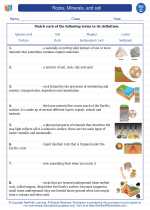Marine Ecosystems
Marine ecosystems are aquatic environments found in the saltwater regions of the planet. These ecosystems are home to a wide variety of plants, animals, and microorganisms that have adapted to the conditions of the ocean, including high salinity, pressure, and temperature fluctuations.
Characteristics of Marine Ecosystems
- Biodiversity: Marine ecosystems are incredibly diverse, with a wide range of species inhabiting different regions of the ocean, from coral reefs to deep-sea trenches.
- Productivity: Phytoplankton and algae form the base of the marine food web, supporting a complex network of marine life.
- Threats: Marine ecosystems face threats from human activities such as overfishing, pollution, and climate change, which can disrupt the delicate balance of these environments.
Key Components of Marine Ecosystems
1. Coral Reefs
Coral reefs are underwater structures built by tiny coral animals called polyps. These diverse ecosystems support a wide array of marine life and are often referred to as the "rainforests of the sea."
2. Ocean Zones
The ocean is divided into different zones based on depth and distance from the shore, including the intertidal zone, neritic zone, oceanic zone, and benthic zone. Each zone has its own unique characteristics and inhabitants.
3. Marine Food Web
The marine food web is a complex network of interconnected food chains, with producers like phytoplankton supporting primary consumers, secondary consumers, and so on, up to the top predators in the ecosystem.
Study Guide
Questions to Consider
- What are the main threats to marine ecosystems?
- How do coral reefs support biodiversity in the ocean?
- What is the role of phytoplankton in the marine food web?
- Explain the differences between the oceanic and neritic zones.
Activities
1. Research a specific marine species and create a presentation on its habitat, diet, and adaptations to the marine environment.
2. Watch a documentary or video about marine ecosystems and take notes on the different organisms and interactions within the ecosystem.
3. Visit a local aquarium or marine center to observe marine life up close and learn about the conservation efforts being made to protect these ecosystems.
By understanding the characteristics and components of marine ecosystems, we can appreciate the importance of preserving these vital habitats and the diverse life they support.
.◂Science Worksheets and Study Guides Third Grade. Rocks, Minerals, and soil
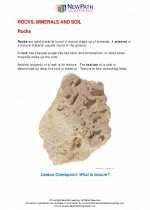
 Activity Lesson
Activity Lesson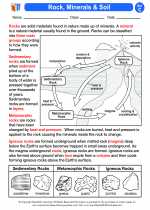
 Worksheet/Answer key
Worksheet/Answer key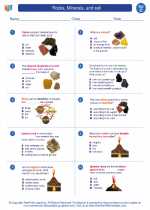
 Worksheet/Answer key
Worksheet/Answer key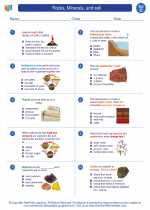
 Worksheet/Answer key
Worksheet/Answer key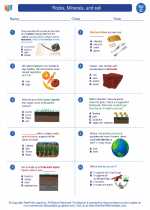
 Worksheet/Answer key
Worksheet/Answer key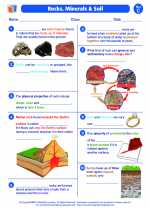
 Vocabulary/Answer key
Vocabulary/Answer key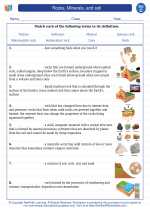
 Vocabulary/Answer key
Vocabulary/Answer key